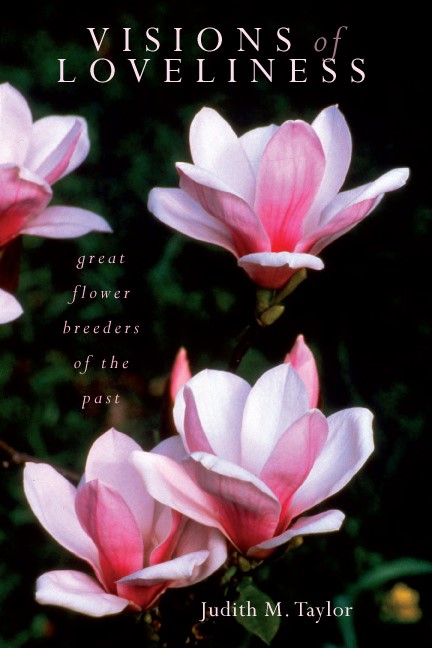Consider the humble marigold. In many ways it is like a faithful dog, giving its all, asking nothing in return. It grows fast from seed, stands tall, comes in several warm bright colors and flowers its head off throughout the season. Snobbish gardeners despise it precisely for these reasons, “footballs on stalks”, but a famous 19th century gardener said “There are no bad plants. There are only bad gardeners who do not know what to do with them”.
The people of India know what to do with them. No religious ceremony is complete without huge garlands or swags of marigolds decorating the temple or home. They are grown by the million.
Just where do you think this flower comes from? The larger ones are known as African marigolds, the smaller ones as French. Sounds obvious, doesn’t it. In fact both these names are completely incorrect. All marigolds originated in Mexico or Central America and have moved around the world in mysterious ways. How did this flower reach India?
English, Spanish, Portuguese and French explorers in the New World were seeking precious metals. Lacking those they turned to plants with commercial or medicinal value, particularly spices. Mere beauty and charm were not serious factors in their choices yet somehow marigold seeds crept in.
The first time marigolds were recorded in Europe was in 1503. Columbus’ son Hernando had an “American “garden in Seville. They next appear in Morocco when the Emperor Charles V’s soldiers commented on them growing by the roadside in 1535. Morocco? How did they get to Morocco? Clearly something is missing in this chain of events, i.e. the who, what, when and why.
By the mid 16th century marigolds were part of the fabric of Indian life and caused the Jesuits in Goa huge headaches. They wanted to curb these godless practices and sent a request for the Inquisition to come to India in 1542.
I wish I could tell you how it all happened but as the marigold had almost no medical or culinary value no one thought to keep records of its movements.
This flower and more are explored in my book fourth book “Visions of Loveliness: Great Flower Breeders of the Past”.
“Visions of Loveliness” was listed as one of the ten best gardening books of the year in the London Telegraph in 2015.
COPYRIGHT © JUDITH M. TAYLOR OCTOBER 2019

























